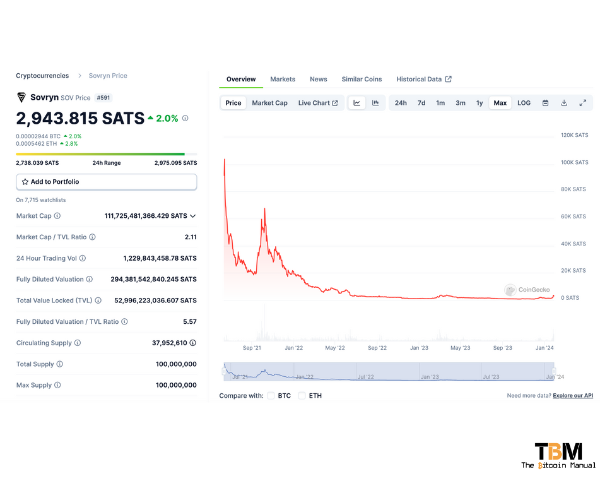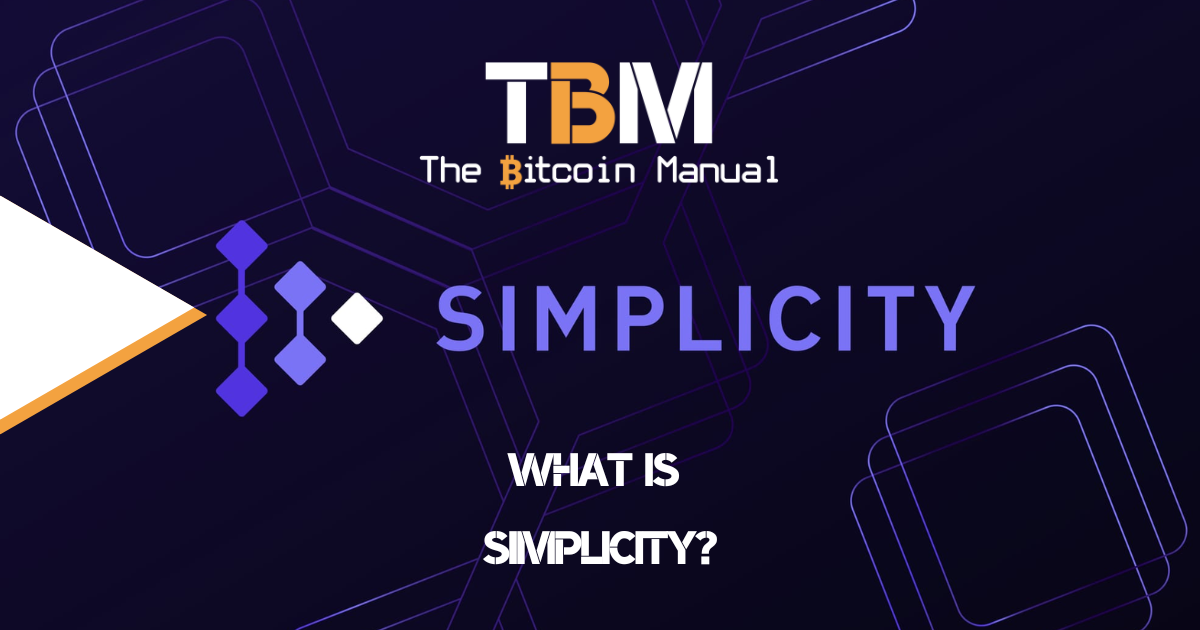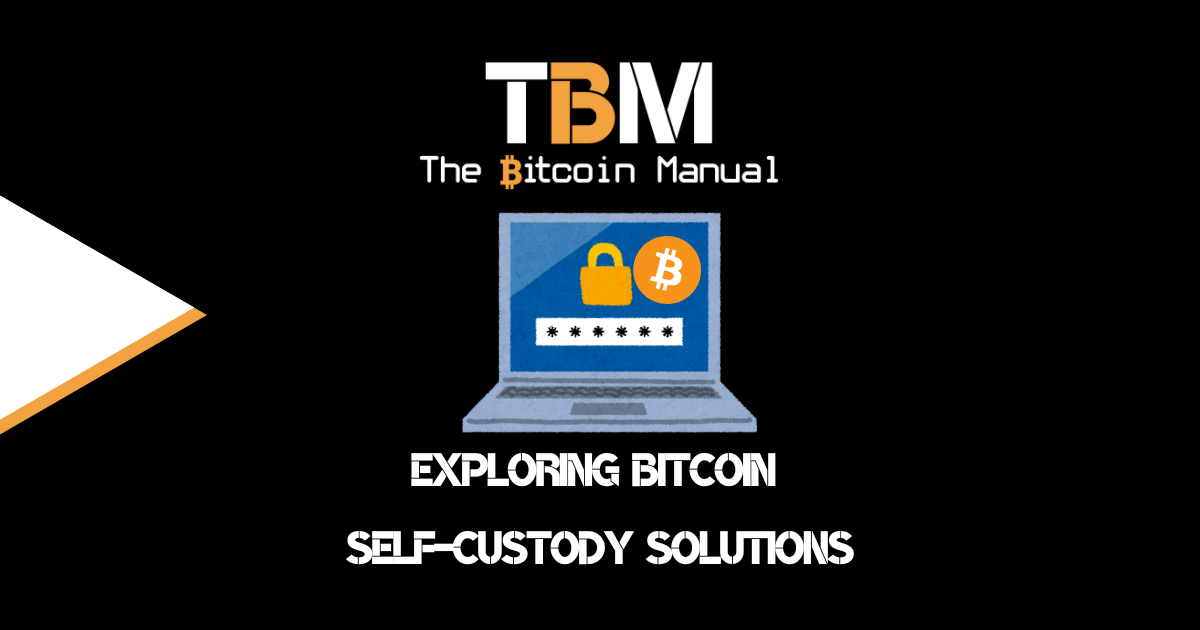Bitcoin, the digital gold, gleaming brightly but locked in a gilded cage of its own design. To ensure security and reliability, the Bitcoin network had to make inevitable trade-offs that manifested in a lack of throughput. Its revolutionary potential for global finance and peer-to-peer transactions is hampered by this critical bottleneck – a transaction speed measured in minutes, not milliseconds.
You’ll hear it from anti-bitcoin proponents and altcoin supporters all the time:
- Bitcoin is too slow.
- Bitcoin doesn’t have this or that feature.
- Bitcoin cannot scale to meet global adoption.
All of this is true in the current state, but this represents an opportunity for businesses, entrepreneurs and developers to provide solutions and profit from Bitcoin’s shortcomings.
Scaling Bitcoin isn’t just a technological challenge; it’s a gold rush ripe for the picking. If you can solve this problem, you could attract a lot of capital into your ecosystem, users for your applications, and investors willing to support you and have your name etched into Bitcoin history and folklore for eternity.
Altcoin companies have proven that there is a demand for a solution and have profited from this problem with the idea of building faster blockchains regardless of the trade-offs.
Then, when we realised no L1 would ever scale, the idea of scaling solutions or layer twos became the next go-to gold rush. Instead of building something to outcompete Bitcoin, the idea is to build something that compliments Bitcoin and takes load off-chain.
BitcoinOS, a new layer
Sovryn, a Bitcoin DeFi dApp living on the Roostock side-chain, has recently announced its plans for another scaling solution named BitcoinOS, a ‘superchain’ comprised of multiple Bitcoin rollups. The proposed scaling layer aims to expand Bitcoin’s network effects by fostering a substantial shared economy of token and asset trading in these silo environments, but that can eventually settle on Bitcoin’s robust and secure framework.
Sovryn initially made a bet on the smart contract technology of the time, EVM chains. These EVM chains technology remains popular but also has its own scaling issues, and in recent years, we’ve seen development in other blockchain architecture take hold.
BitcoinOS aims to appeal to these new technologies, offering developers new, modular layers for Bitcoin and allowing developers to build the same technology in a rollup with enhanced functionality for users without altering the core blockchain.
Sovryn is looking to expand Bitcoin DeFi.
Sovryn feels that despite the over $2 billion on its platform since launch, the Rootstock side-chain technology remains a limiting factor for their next growth stage. BitcoinOS powered by rollups could pave the way for a more expansive and interconnected ecosystem. The idea is that rollups will provide an environment to attract development from altcoin chains and encourage them to innovate directly on Bitcoin, the world’s most secure blockchain, and tap into the deep pools of on-chain liquidity.
BitcoinOS cannot only provide cheaper or faster transactions; it must also find a unique selling point that differentiates itself from other layers. A few scaling solutions exist, such as Liquid, Lightning and FediMint, which are already in use, along with Mercurylayer, a new Statechain scaling solution, each with its own niche audience.
However, now that Bitcoin seems to be attracting more investment through the growth of Ordinals and the ETF, it appears as if positioning yourself as a scaling solution will be a popular narrative over the next cycle, with several loosely tethered scaling projects throwing their bid into the hat.
Does Bitcoin seem frozen in time? Other chains have smart contracts, scaling layers, rollups – and Bitcoin?
— Sovryn | DeFi for Bitcoin (@SovrynBTC) January 25, 2024
Introducing BitcoinOS: a superlayer of interoperable rollups turning Bitcoin into a global operating system.
Innovation is coming to Bitcoin!#BitcoinOS
Link⬇️ pic.twitter.com/4BV7E5Xn5G
The rollout of the BitcoinOS rollup
Rollups are new territory for Bitcoin, with a few projects exploring optimistic and ZK rollups. Rollkit is working on its own implementation of a Bitcoin rollup. Still, one common challenge with any rollup is reliance on federated BTC bridges and a need for interoperability between rollups, leading to fragmentation.
Rollups perform transactions off-chain and then bundle them or “roll them” up together, compressing the amount of transaction space they require. Aggregated this way, they are consolidated into a single Bitcoin transaction on-chain. As Bitcoin transactions, these transactions benefit from the same Bitcoin-level security as standard Bitcoin transactions.
BitcoinOS aims to create a rollup design that reduces friction between different rollup implementations, the base chain and possibly, in the future, other layer two ecosystems.
No bridging BTC
BitcoinOS will not use a bridge to bring liquidity into the environment, as we see with side chains. Instead, funds are locked using an innovative fraud-proof system that ensures that even a single honest participant can thwart fraudulent activities, establishing a communal set of BTC rails for the entire BitcoinOS ecosystem.
Using rollups, BitcoinOS embeds transaction validity proofs into the Bitcoin mainchain. With the availability of these proofs, it becomes possible for a single participant to prove false or equivocating transactions and block them from occurring. With BitVM or an optimised branching taproot tree, BitcoinOS can construct these fraud-proof channels.
With the later addition of Witness Encryption, honest singletons will also be able to force the inclusion of correct transactions.
Interoperability and composability
The super chain nature of BitcoinOS, complemented by its shared Compression, Aggregation, and Settlement layer (CASTL), ensures compatibility and composability across different apps.
What this means is once you lock funds into a rollup, you can move it to other rollups or use it on apps that leverage a certain rollup without the need to bridge funds so that liquidity can flow between environments without the need for swap services or peg-in and outs.
Sov tokens are sus.
Rollups using BitcoinOS will require the use of the SOV token is the governance token of all modules. Sovryn uses a Proof-of-Staked-Time (PoST) system where stakeholder weight is thus measured in voting power (VP).
Therefore, the issuance of SOV must respect the VP distribution. So, who would have held SOV tokens the longest and require the least investment to acquire more? Hmmm, let me guess!
To me, this sounds like using Rollups as a reason to drive new users to purchase the token, and it isn’t required for the environment to run. Rollups are coming to Bitcoin in different forms, and hopefully, others don’t require a token to incentivise the use of the ecosystem.
What is Sovryn?
Sovryn launched in 2020 after successfully raising $2.1 million. Sovryn’s founders capped the funding at $2.1 million as the value is symbolic of Bitcoin’s total maximum supply. The lead investor in the project is Greenfield One, with participation from Collider Ventures and Monday Capital, along with other funding supplied by investors holding significant value in Bitcoin.
Collider Labs and BlockVenture were among the first to join Sovryn, contributing initial capital and close support. With capital secured, the trading platform was launched on the EVM-based Bitcoin side-chain Rootstock. Sovryn draws inspiration from popular Ethereum apps like UniSwap and Compound and acts as the alternative for the Rootstock ecosystem.
Sovryn users can execute trades and swaps on any Rootstock-hosted asset, or they can go full degen and trade long or short with up to five times leverage and enable holders of BTC, USDT and the Dollar on Chain (DOC) stablecoin to earn interest by lending their assets.
Sovryn also issued a governance token, where holders can stake and earn a yield, use it in liquidity pool farming or use the stake to generate proposals. A minimum token stake and a minimum quorum are required for making successful proposals; however, the longer the stake is held, the more weight the vote will carry.
Users interested in these features or the yield from the platform fee generation can acquire and stake these tokens, but these are just gimmicks to attract exit liquidity.
If we look at the performance of Sovryn’s governance token SOV priced in Bitcoin, it peaked at 103 000 Satoshis per coin and has been on a steady decline, down 97%, trading at just under 3000 Satoshis per coin. This a big red flag, in my opinion, 🚩, and simple math would dictate that I’m better off holding satoshis than trying to stake or yield farm on their DEFI platform.

The first BitcoinOS-based rollups
According to Sovryn, the first user-facing component of BitcoinOS to launch will be an EVM-compatible execution environment, which makes sense since Sovryn exists on an EVM-supported chain. Sovryn will deploy its existing suite of DeFi and related products so users can interact on Roostock or BitcoinOS.
However, some products might be BitcoinOS exclusive since the rollup offers fewer restrictions, and such products as perpetual markets and futures markets become possible.
Do your own research.
If you want to learn more about BitcoinOS, use this article as a jumping-off point and don’t trust what we say as the final say. Take the time to research, check out their official resources below or review other articles and videos tackling the topic.




